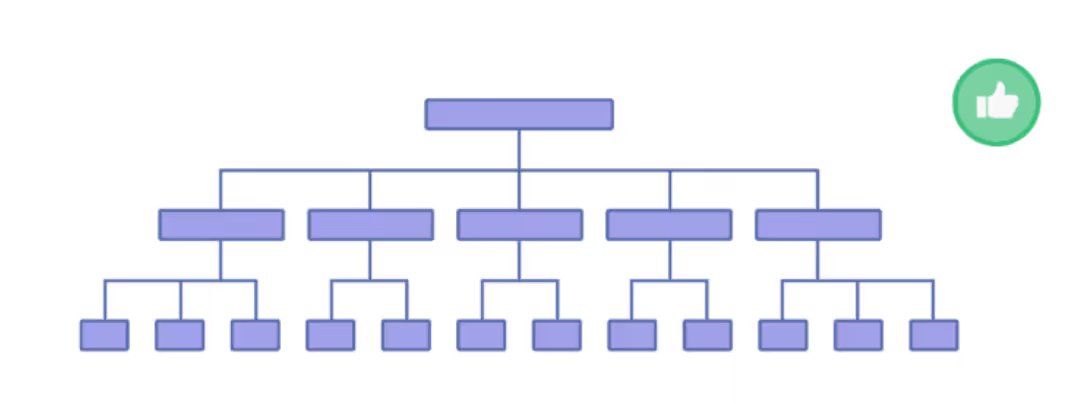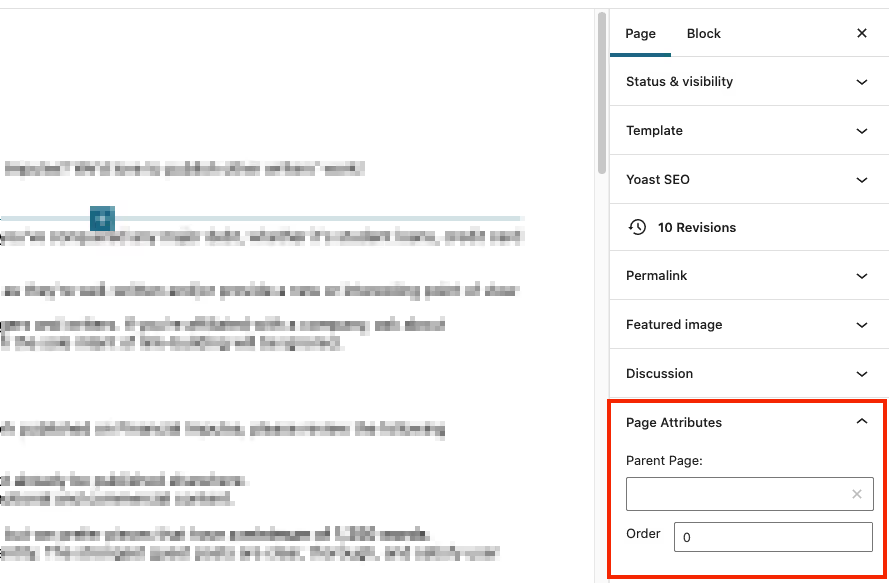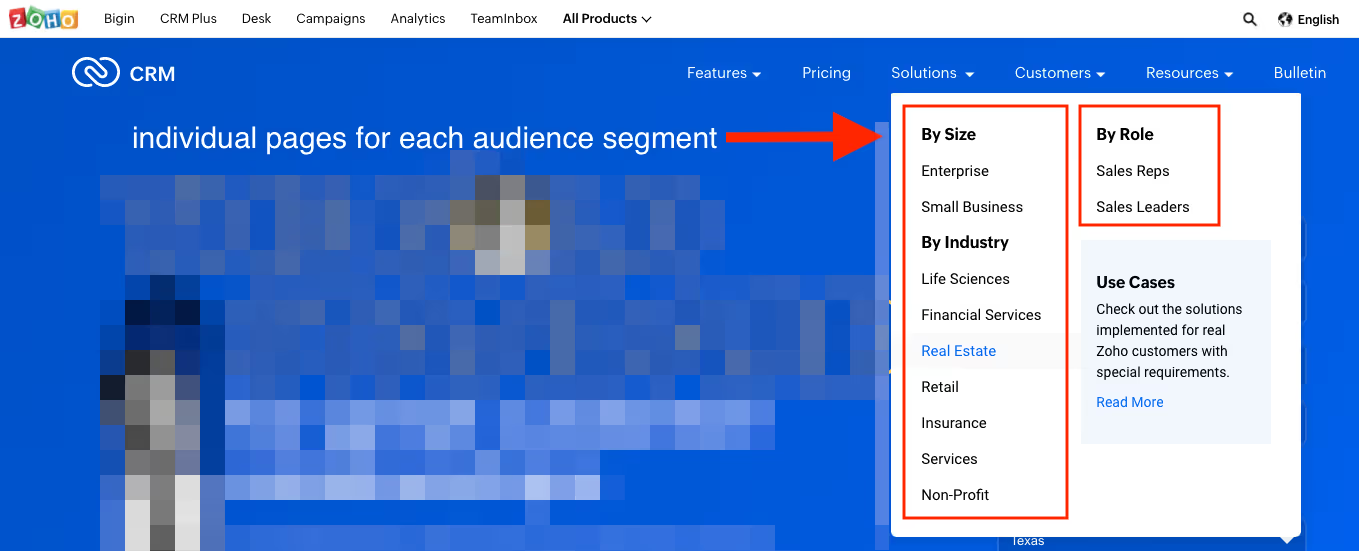
Conversation

🥳 Feedback Received!
Thanks for taking a moment to share your thoughts — it genuinely helps us make each chapter sharper.
What happens next:
- Your feedback goes straight to our product team.
- We’ll use it to refine lessons, clarify examples, and make the program even more useful.
Appreciate you helping make this program better for everyone.
Ready for your next challenge? 👇
How to Structure Your Website
Site architecture is one of the foundational pieces of practicing good SEO. It describes how a website is structured, which affects how both users and Googlebot explore it. A clear structure makes it easy to browse your site more efficiently.
Websites with poor site architecture are disorganized. Visitors get lost in them; it’s not easy to find what they’re looking for. There may even be “orphan” pages, pages that can be found in SERPs but not through any link on the website.

The ideal site architecture uses a hierarchical structure that’s intuitive and easy to navigate. Pages are grouped together as subcategories of broader categories, with each page just a few clicks from one another. They generally follow this format:
https://www.example.com/category/subcategory/

Consider how Salesforce organizes its pages under higher-level categories like its products, resources, and blog:
- https://www.salesforce.com/
- https://www.salesforce.com/products/
- https://www.salesforce.com/products/what-is-salesforce/
- https://www.salesforce.com/products/marketing-cloud/overview/
- https://www.salesforce.com/products/service-cloud/overview/
- https://www.salesforce.com/resources/
- https://www.salesforce.com/resources/guides/
- https://www.salesforce.com/resources/guides/customer-transformation-playbook-changing-company-mindsets/
- https://www.salesforce.com/blog/
- https://www.salesforce.com/blog/economic-inequality/
- https://www.salesforce.com/blog/sustainable-business-models/
- https://www.salesforce.com/blog/relationship-building-distributed-teams/
- https://www.salesforce.com/products/
You should do the same for your site—create logical categories and subcategories to organize how your pages are laid out. The exact process for creating this structure depends on your content management system (CMS), whatever platform you’re using to create and manage your web content, like WordPress, Webflow, Squarespace, and so on.
In WordPress, for example, Page Attributes in your web page’s settings sidebar allows you to categorize a page by nesting it under a “parent.”

How many landing pages should your website have?
The exact number of landing pages your website should have is specific to your company and what you sell. Instead of focusing on this number, focus on optimizing your website for customers—how they might approach and navigate it for more information before deciding whether or not to buy something.
Here are a few guiding principles.
- For starters, every website benefits from having these foundational pages:
- Homepage
- About
- Contact
- Products/services (a high-level product overview/category page as well as individual product pages if you have multiple products)
- Privacy policy
- Terms of service
- Some other pages worth creating:
- Testimonials/reviews
- Case studies
- FAQ
- Return/refunds
- Shipping
- Create a landing page for each of your offerings. Your offerings don’t only include your product; they could be your newsletter, a product demo, or special discount. Each of these deserves a dedicated landing page with more information.
- After you’ve set up your website’s foundational pages, create more detailed pages, like about each of your product’s core features or served industries. This is a commonly missed SEO opportunity because many users search for a very specific feature or offering that a high-level product features page can’t rank well for. More detailed landing pages expand your company’s online presence.
- For example, Zoho has separate pages about how its CRM can be used by companies of different sizes and in different industries, plus employees in different roles.



